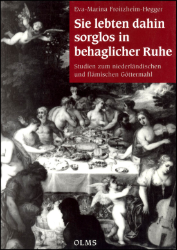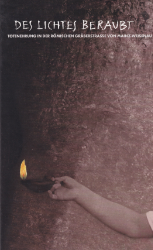
The Transmission of Technical Knowledge in the Production of Ancient Mediterranean Pottery
Proceedings of the International Conference at the Austrian Archaeological Institute at Athens, 23rd-25th November 2012. Edited by Walter Gauss, Gudrun Klebinder-Gauss and Constance von Rüden. Uniting theoretical, anthropological, and archaeological approaches to knowledge transmission, 19 contributions address the questions of technical changes in pottery production, in particular considering the human actor behind the pot and the underlying social, political, ideological, cultural, and economic dynamics. The case studies cover various periods and regions from the ancient Mediterranean and beyond, from the Bronze Age to the Roman period, from the Levant in the east to the western Mediterranean and the Celtic north, but also from today's central Niger. The contributions discuss not only various aspects of pottery techniques, such as raw material preparation, shaping, and firing techniques, but also the phenomenon of moving potters and aspects of skill and knowledge acquisition. - The papers are presented in five sections: The first section, "Skill and Learning Networks" provides insights into the theoretical discussion on the issue of knowledge acquisition. Moving or dislocated potters play a crucial role in the transmission of technical knowledge. This issue is central to the contributions of the second section "Making Pots in a Transcultural Perspective: The Impact of Moving Potters on the Transmission of Technical Knowledge". Some of the contributions in this part also address questions of learning and knowledge transmission. The third section "Technical Change in Social Context" comprises case studies where the transmission of knowledge and the adoption of new techniques can be set in context with socioeconomic conditions and other environmental developments. The case studies in the section "Technical Choices as Social Choices" deal with the impact of social conditions on the potter's decision to use - or not to use - a specific technique. The final section, "The Art of Firing: Kiln Technology and Firing Practise", addresses aspects important for the transmission of this specific knowledge. Throughout this volume, two aspects proved to be important for the interpretation of technical changes in pottery production: the understanding of processes of learning and knowledge acquisition and the consideration of social, economic, political, and other environment conditions and dynamics underlying the transmission and adoption of new techniques. 368 Seiten mit 156 teils farbigen Abb. und 23 Tab., Großformat, gebunden (ÖAI - Österreichisches Archäologisches Institut. Sonderschriften; Band 54/Österreichisches Archäologisches Institut Wien 2015) leichte Lagerspuren/minor shelfwear












